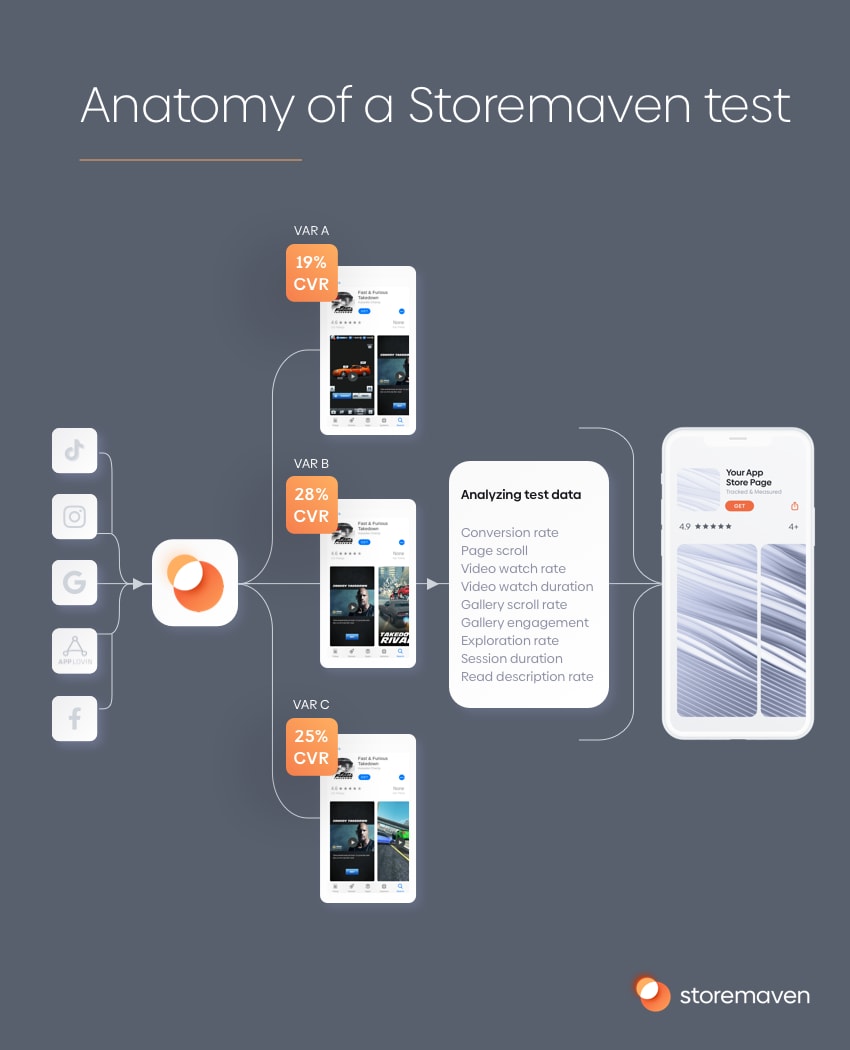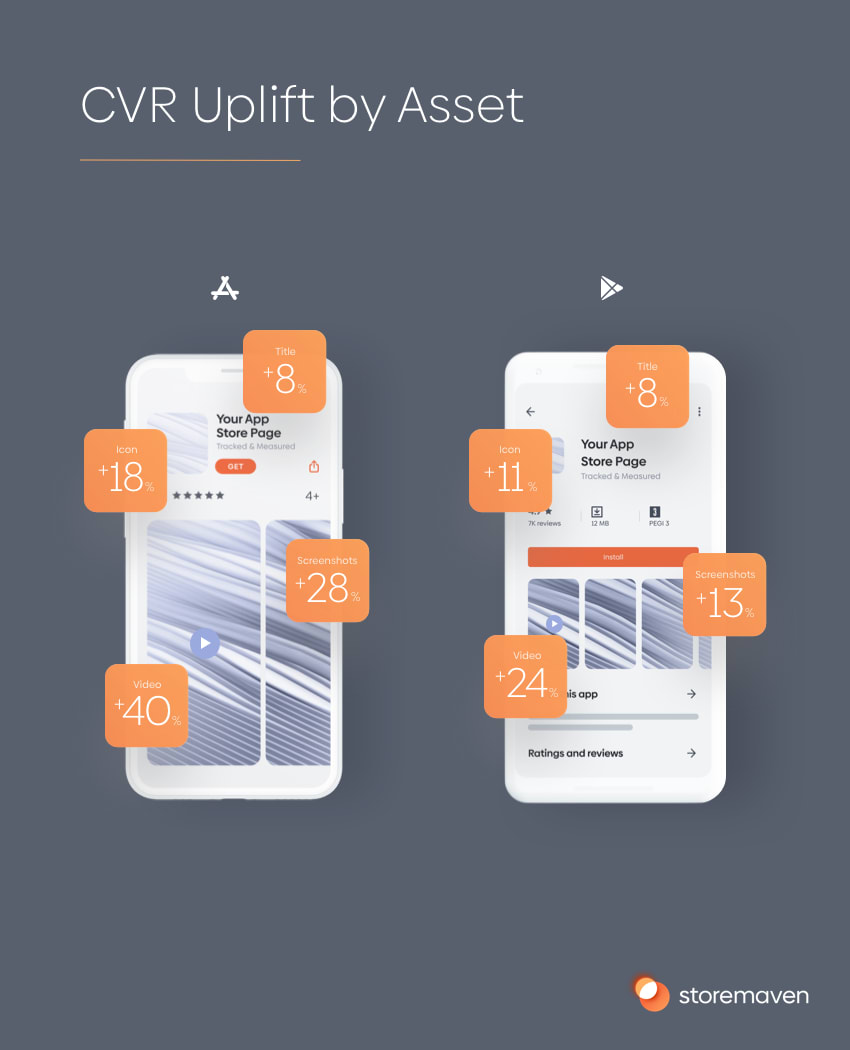So the question remains – Where do we go after the iOS 14.5+ adoption?
About one month into the rollout of iOS 14.5+, the industry has started to notice something peculiar.
Unlike all the previous iOS versions where the rate of adoption and roll-out was pretty rapid reaching 70%-80% adoption 30-40 days after the public release, iOS 14.5+ is still hovering at less than 30%.

Why is this happening, what’s going on? Well Eric Seufert of Mobile Dev Memo has a few ideas and I tend to agree with his hypotheses:
- Apple needed time to address unexpected behavior with the “Allow Apps to Request to Track” setting.
- ATT’s effect on the mobile ecosystem will be expansive and unpredictable, and Apple didn’t want to shock the ecosystem.
The new privacy guidelines and the enforcement of the ATT framework that requires app developers to have opt-in consent from users prior to sharing their personal data with third parties, has the potential to shock the industry. So it makes sense that Apple is slowing down the rollout.
The bottom line here is that the full effect the new privacy guidelines will bring is yet to be felt. Less than 30% adoption means we still haven’t reached the tipping point where most iPhone users will use the privacy-focused iOS version.
You could say we waited for a cliff which actually turned out to be a very long and slow downhill path.
How will iOS 14.5+ affect the traffic reaching your app store page and its conversion rates?
In general, there is a key way the privacy-focused iOS 14.5+ rollout will affect the traffic reaching your app store page.
On average, your paid campaigns will bring in broader traffic.
Without your app sharing user level data that signals which users are valuable to you (completed a level, registered for the app, made an in-app purchase, subscribed, etc) with Facebook and the other ad networks, they’ll have a very hard time crafting a custom audience (lookalikes) with a very high intent to install your app.
Let’s say you’re marketing a Match-3 game. Pre iOS 14.5, the ad networks were able to build a custom audience of people that only yesterday had made an in-app purchase within a Match-3 game. Now, you’ll get an audience of people, some of whom are generally interested in mobile games, or games in general.
So if in general the traffic reaching your page is going to be broader, this means that the paid user acquisition path to growth is going to be more challenging.
To compensate for the lower intent, many developers will respond by doubling-down on brand marketing and brand advertising in order to feed their funnel of a larger audience. Brand marketing, in many cases, doesn’t drive direct-response action, many users that view these ads don’t tap to install, but they are more likely to search for your brand name on the app store later on.
One thing’s for sure: your app store traffic quality and potentially the traffic mix will change. This will very likely negatively affect your conversion rates if your app store messaging doesn’t adjust.
In the meantime, at an industry level, we already see a significant change in overall paid UA spend on the App Store vs. Google Play as developers are cutting UA budgets to carefully analyze the impact.
According to the post-IDFA alliance, ad spend on the App Store has slightly decreased in the weeks after iOS 14.5 launch (up to 4%). Google Play ad spend has increased by 8%-21%.

The Last Frontier, your app store creatives
When your traffic mix changes, and the average intent of the traffic that reaches your App Store page changes – you definitely need to clarify your message to match the new preferences profile of the audience.
Let’s assume that you market a hardcore mobile game full of unique characters and world maps. The traffic you received before was higher-intent, an audience filled with hardcore gamers looking for rich, deep games who’re influenced easily by seeing unique characters, the depth of the world, and the myriad options that allow them to evolve within the game.
The type of marketing message that influenced them to install was all over your app store page: within the video, the screenshots and the icon. And it did a good job too, with higher-than-average conversion rates and a great ROAS.
Let’s say that iOS 14.5+ finished rolling out and more than 80% of iPhone users have it.
Your audience is now made up of many people that are interested in mobile games in general. Your growth now depends on your ability to get that audience to install. You’ll have to work harder downstream to get them into the game and be monetized. Put simply: you’re going to have less “whales” entering your funnel.
What type of message would work best for this audience? The same hardcore marketing ones or would you need a broader message which portrays the game more gently, that it’s easy to learn, with simple gameplay and the barrier-for-entry is lower (they don’t need to spend hours to learn it)?
Or let’s assume you’re a flight booking app. Before iOS 14.5 you received an audience full of people looking for a flight at that moment as they had a vacation coming up. After iOS 14.5, you now get a much wider audience that are interested in vacations in general, but perhaps they’re not looking for something right at this moment.
The first audience might be more interested in finding the best deal now and booking it with ease. The second audience might be more influenced by a message that showcases the app’s price alert functionality, telling them that they can see a ton of value just by setting up an alert and booking a flight when they’re ready and can change it if they want.
Different intent? Different app store messaging
In a world where hyper-targeted advertising allowed many apps to grow and capture an unfair market share, the future will be owned by the mobile marketers who know their users best – and this will be reflected in their app store conversion rates and creatives.
These mobile marketers will “steal” installs from their competitors simply because they’ll understand how to put to them the right messaging in the app store. This will become one of the only competitive advantages for app growth where it’s harder to get to know audiences.

Is app store testing affected by iOS 14.5?
This competitive advantage is being held today by many top mobile brands who are using Storemaven and testing their app store page creatives as they optimize their messaging for the audiences they care about.

These brands will maintain high conversion rates, and higher-than-average growth rate as they’ll solidify their position at the top of the app stores.
Some folks have been wondering whether the way that App Store testing works on Storemaven has been changed in any way, so here are a few facts:
- Storemaven App Store Testing relies on sending traffic to a mobile webpage replicating the app store. We do not collect or need any personal data from the sample traffic used for the A/B test which means the new ATT framework and iOS 14.5+ has no impact on how our testing analytics work.
- Regarding targeting a traffic sample to the replicated app store pages and the potential impact from the lower-quality traffic that the networks are able to send, Storemaven has been able to innovate in this area and we are happy to say we identified no impact to the cost of running an app store test, nor the quality of the sample traffic.
So in a nutshell, A/B testing your app store page is unaffected by iOS 14.5+ and is being used by more developers than ever.
If you’d like to learn more about how to start testing, simply request a demo here.

Recap
- iOS 14.5+ is still rolling out slowly, the full impact is yet to be seen.
- Smart mobile marketers are learning how to market and influence the new audience and traffic that’s reaching app store pages in this privacy-centered world.
- When the dust settles, these marketers will own their categories.
If you didn’t yet start chatting with us to learn how you can be one of these marketers dominating your category in the post iOS 14.5 era, it’s time.












